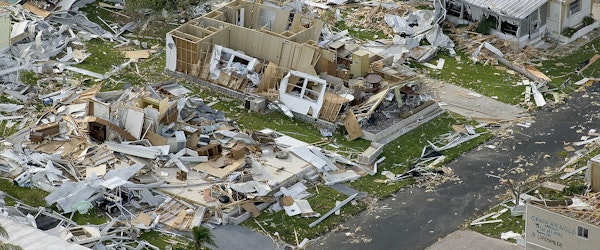
NOAA Ends Billion-Dollar Disaster Tracking Program Citing Budget Cuts and Staffing Issues
Thursday, May 8th, 2025 Catastrophe Insurance Industry Property Risk ManagementThe National Oceanic and Atmospheric Administration (NOAA) has announced that it will retire its widely cited "billion-dollar weather and climate disasters" database, citing staff reductions and budget constraints. This long-standing resource has cataloged the costliest U.S. weather and climate disasters since 1980, offering a standardized and authoritative record based on public and private insurance data. It has played a key role in helping researchers, insurers, and policymakers understand financial trends tied to natural catastrophes.
With the database no longer being updated, experts warn that its loss will leave a major gap in public visibility into the cost and frequency of disasters. Although NOAA has clarified that the database does not attribute individual events to climate change, it has still been used as a key data point in understanding how warming temperatures and increased development drive up losses. The database has shown a dramatic rise in high-cost disasters, jumping from an annual average of 9 events in the 1980s to 24 per year over the past five years.
This decision comes amid a broader rollback of NOAA services under the Trump administration, which has aggressively cut climate-related programs. Other NOAA units, including the National Weather Service, are also scaling back operations due to staffing shortfalls. The administration has proposed cutting NOAA’s budget by nearly a quarter in 2026, including plans to shutter its research divisions and climate labs.
Industry professionals emphasize that the database’s unique value lies in its access to proprietary insurance and government data that is otherwise unavailable to the public. Without this tool, analysts say it will be difficult to track and compare long-term disaster loss trends across regions and event types—a significant blow to both the insurance and risk management sectors.





